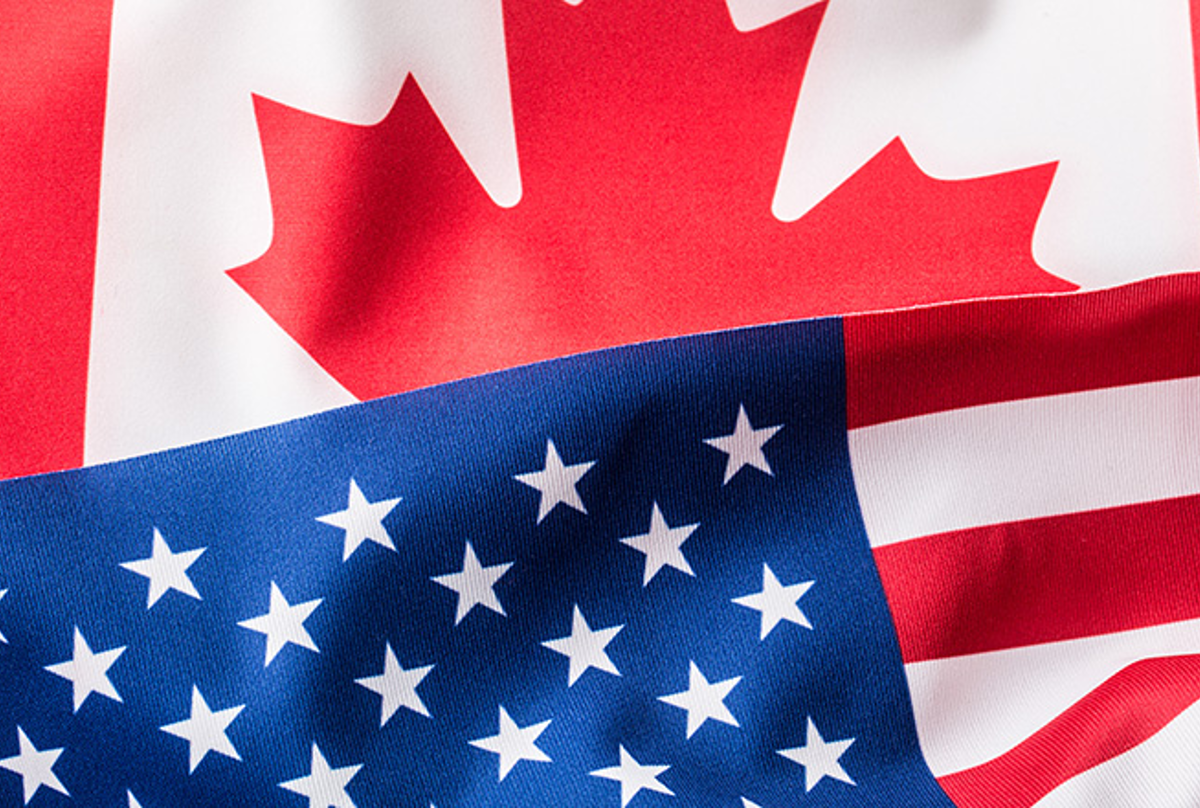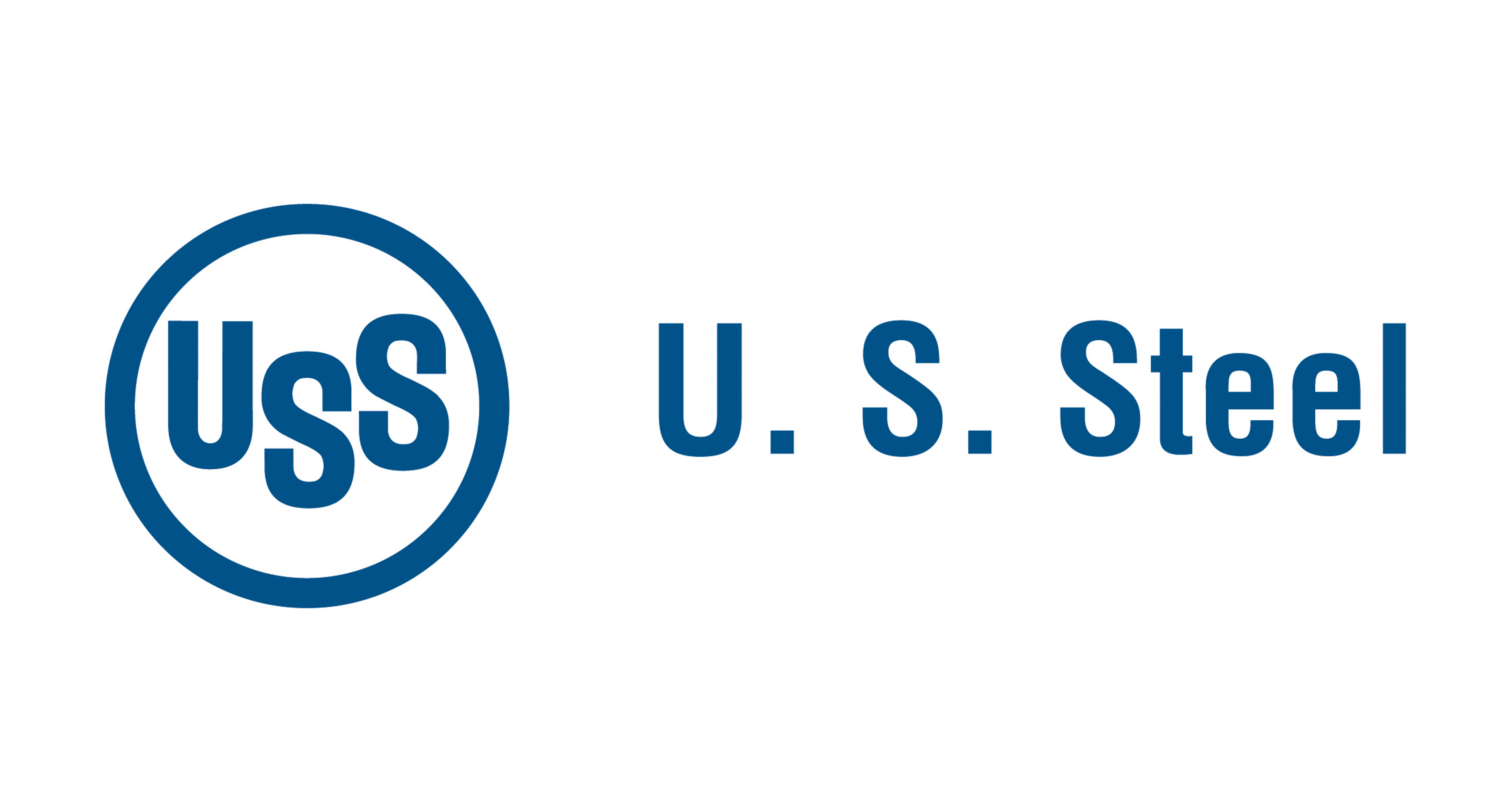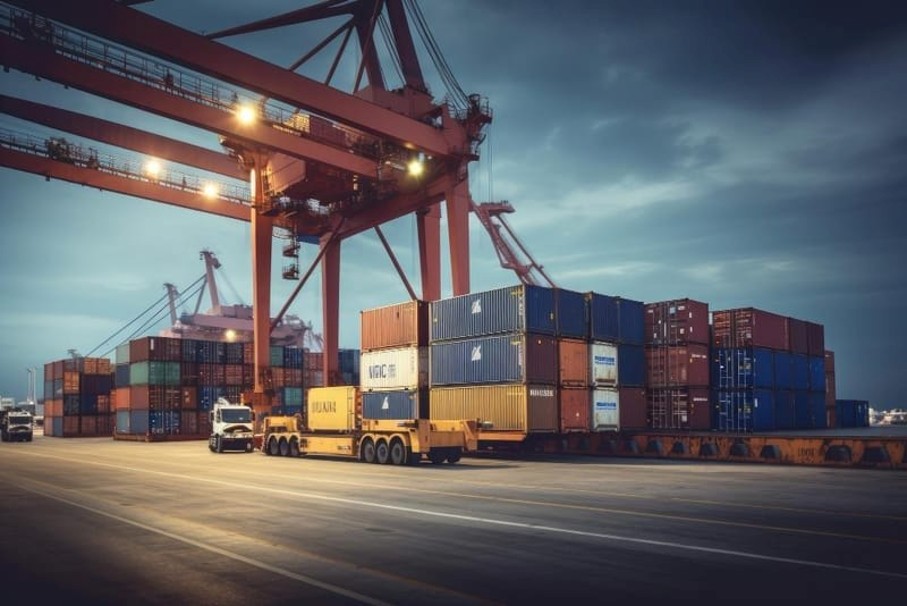Government/Policy

December 14, 2024
Leibowitz on trade: Why is protectionism so popular?
Written by Lewis Leibowitz
The world has had a few shocks recently. The CEO of a major health insurance company was gunned down in Manhattan. The 50-year Assad dynasty in Syria was pushed out less than two weeks after rebels started an offensive. And President-elect Trump is promising tariffs on everything a month before he takes office.
But one shock has been taking place for a lot longer than the last few weeks. The 70-year consensus on trade hasn’t just been challenged. It’s been repudiated.
Where have all the free traders gone?
There are no “free traders” to speak of in Congress anymore. Both President Biden and President-elect Trump are in favor of tariffs. And neither is talking about free trade agreements, not even with friendly governments.
It is very clear that major pressure has caused this downfall of trade liberalization. Pressure from organized labor, from import-sensitive industries, and from China’s rise. Such factors have soured most in government, and many in business, on open trade policies. These pressures are global. It’s not just the United States. Europe, Japan, and others are feeling it too.
We are beginning to see what might replace trade liberalization. We are not simply ceasing trade liberalization as a policy. Our leaders are intent on reversing it. The world will see major tariff increases on many goods from many countries. That’s if the rhetoric from President-elect Trump and our trading partners threatening retaliation is to be believed.
Allies, eh?
The US and Canada are trading threats around Canadian exports of crude oil, potash, and uranium to the United States. That’s if the US imposes new 25% tariffs on imports from Canada. The threat of tariffs on Canada is based on the Canadian government allegedly being ineffective in stopping illegal immigration and drugs (primarily fentanyl).
The threat could be lifted if Canada acts on those issues. But this is not guaranteed. Canadians, just like anyone else, don’t like threats. They won’t necessarily react as the US might want to such bullying.
And these shots between allies have a risk. If either side acts, we could enter a downward spiral. I am, frankly, worried that the next round of tariff increases will not only hurt most consumers in the United States but also damage the economies of many countries. They could in addition lead to more division and less united action on the many existing threats to world peace.
If the US and Canada – and Mexico, Japan, and the EU – slap tariffs on each other, will our adversaries be emboldened to stir up trouble? I believe so. And trouble is waiting around every corner in Europe, Asia, and the Middle East.
The (forgotten) lessons of the 1930s
If there is trouble, will the West respond effectively? Or will division over trade policy overcome the desire (or the need) for effective unified action? We really don’t know.
In the 1930s, faced with the challenges of the Great Depression, the United States Congress enacted the most draconian tariff bill in history, the infamous Smoot-Hawley Tariff. Our trading partners enacted retaliatory tariffs, and global trade plummeted.
In short, the major powers contributed to globalizing the Great Depression and could not adopt policies for growth. But the powers threatening the world order could—by conscripting millions of soldiers and manufacturing the weapons they would need to fight. The result was the Second World War.
The challenges now are different, but equally great. Many major countries are faced with slow economic growth or stagnation. Their leaders are deeply unpopular—very few leaders of Western countries have approval ratings above 50%.
While retaliatory tariff policy may feel good for a short time, that good feeling will not last. That’s because tariffs will not work to create new manufacturing jobs at home or to reduce trade deficits abroad. Nor will new tariffs reduce inflation in the US. Indeed, they may make inflation worse. Why? Because cheaper imports will be replaced in the market with more expensive domestically made products.
There are solutions
I believe there is a better way to fix what is broken without making the lives of ordinary citizens worse.
First, we need intelligent policies to address unfair competition from China. Tariffs might be a part of that, but they will not be enough. Rules of the road must be rewritten—in the WTO or in a new international organization.
Second, US industries at the center of our national security needs must be made stronger and more competitive. The world situation strongly suggests that we will need more ships, airplanes, and missiles—and soon. Defense spending must be increased.
Third, inflation must be tamed, not just by Federal Reserve interest rate increases but also through reformed fiscal policies. Namely, cutting spending and increasing government revenues. That means telling people “no” more often and requiring them to do more to help themselves. Another part of taming inflation should be policies aimed at increasing the supply of housing. Doing so has some big ancillary benefits. Namely, building more homes will create many jobs in the construction and construction-materials industries.
Many readers will have other suggestions. They might be difficult politically. But actions will eventually be forced on us if we don’t ease the pressure soon. Whatever those suggestions might be, remember this: Protectionism is popular because its costs are largely ignored.
Editor’s note
This is an opinion column. The views in this article are those of an experienced trade attorney on issues of relevance to the current steel market. They do not necessarily reflect those of SMU. We welcome you to share your thoughts as well at info@steelmarketupdate.com.







